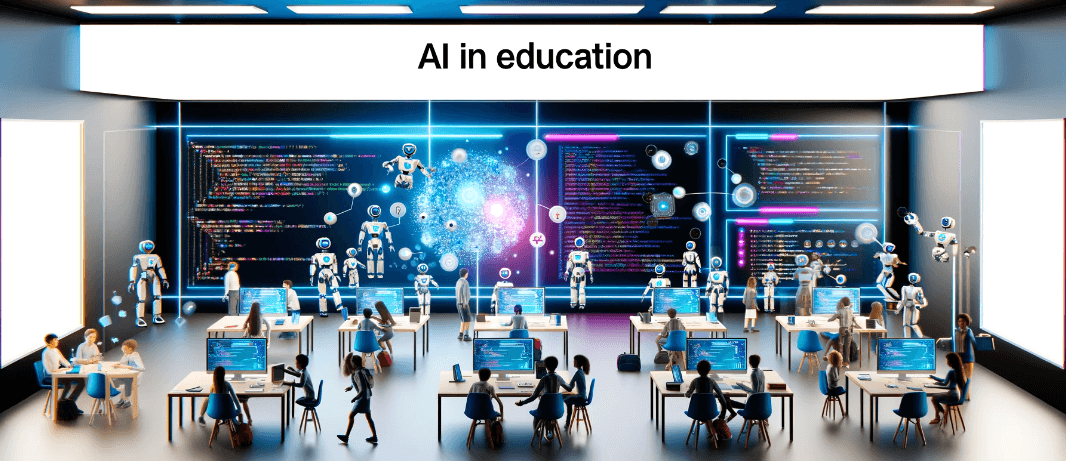
Generative AI Overview
Generative AI, or generative artificial intelligence, is a type of AI that can create new things, like text, images, and even music. Imagine a program that can write poems, design buildings, or compose melodies. Generative AI learns by analyzing existing examples, then uses that knowledge to produce fresh content.
Text-based GenAI tools, like ChatGPT or Gemini (formerly Bard) use ‘Large Language Models’ (LLMs) to compose responses one word at a time based on statistical word frequency patterns in the texts they were trained on. Image based GenAI tools use GANs (Generative Adversarial Networks) or Diffusion Models use massive datasets of images to train the AI. It learns the relationships between pixels and the concepts they represent, allowing it to generate new images.
Syllabus Statement Examples
General Permission
Generative AI tools such as Gemini (formerly Bard) and ChatGPT are emerging tools for many fields, including education, providing tools and information. Because these tools will be used in professional and personal contexts, engaging critically with them and exploring their use, including [fill in assignment types] is valuable. You remain responsible for all content you submit for grading and evaluation.
You may use GenAI to help generate ideas and brainstorm, however, the work you submit for evaluation must be your own. If you include content (e.g. ideas, text, code, images) that was generated, in whole or in part, by Generative Artificial Intelligence tools in work submitted for evaluation in this course, you must document and credit your source. Failure to cite sources would be considered Academic Misconduct in violation of NMC’s Academic Code of Conduct.
General Prohibition
By submitting work for evaluation and grading in this course, you represent it as your own intellectual product. Submitting content that was generated in whole or in part, by Generative Artificial Intelligence tools would be considered Academic Misconduct in violation of NMC’s Academic Code of Conduct.
Selective Permission
By submitting work for evaluation in this course, you represent it as your own intellectual product. Submitting content for evaluation (e.g., ideas, text, code, images) that was generated, in whole or in part, by Generative Artificial Intelligence tools would be considered Academic Misconduct in violation of NMC’s Academic Code of Conduct unless granted permission to do so. We will explain to you the specific uses of genAI tools that are permitted or prohibited in this course, including on what specific assignments use of genAI tools is permitted.
Teaching Resources
Artificial Intelligence Teaching Guide (Standford University)
Template – Classroom Policy Use on Gen AI
Generative AI in Higher Education: FAQ and Resources (NMC Library)
Seven Things You Should Know About Generative AI
Productively and Painlessly Integrating Gen AI Into Your Classes
Example ChatGPT Prompts for Writing Feedback
Penn State: Generative AI Guide
Effective Teaching and Generative AI
Learning with AI: A Student Perspective
Copy Leaks – Plagiarism Detector
News and Research
NMC Policy
Cheating or plagiarism on written or oral examinations, quizzes, papers, or other academic work is prohibited. Cheating is defined as falsifying data on a report, exam, summary, or paper; the giving or receiving of aid in an examination situation; and/or the use of unauthorized materials in any academic work as an aid during an examination. Plagiarism consists of offering as one’s own work, the words, ideas, or arguments of another person, or the use of generative artificial intelligence (AI), without appropriate attribution by quotation, reference, or footnote. Plagiarism occurs both when the words of another are reproduced without acknowledgment, and when the ideas or arguments of another are paraphrased in such a way as to lead the reader to believe that they originated with the writer.

